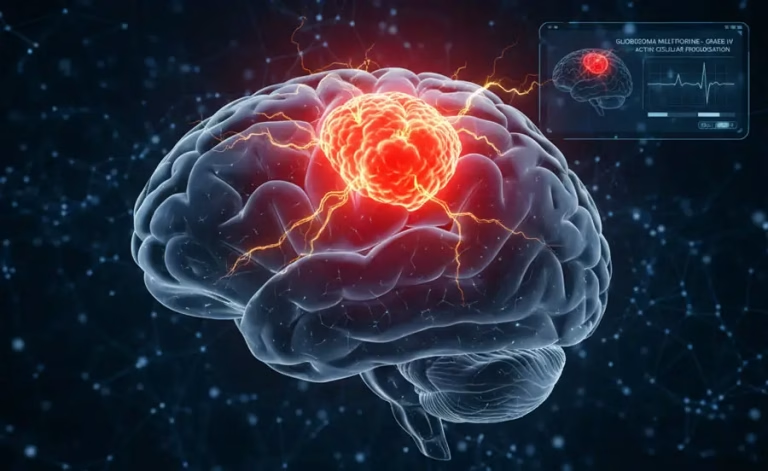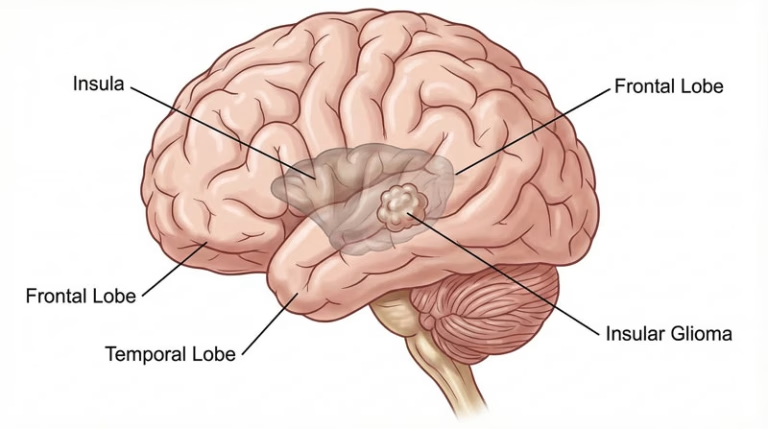Trigeminal Neuralgia: Understanding the Condition
- On
- InUncategorized
Table of Contents
Trigeminal Neuralgia: Definition, Symptoms, Diagnosis, and Treatment Options
Trigeminal neuralgia (TN), also known as tic douloureux, is a chronic facial pain disorder impacting the trigeminal nerve. This fifth cranial nerve plays a critical role in facial sensation and motor functions like chewing. TN is characterized by sudden, severe, and recurrent episodes of facial pain, which can significantly diminish the quality of life. While it is relatively rare, TN predominantly affects individuals over 50 years old and is slightly more common in women.
What is Trigeminal Neuralgia?
Trigeminal neuralgia is a neuropathic pain disorder caused by irritation or compression of the trigeminal nerve, often near its brainstem exit. It is categorized into two types:
- Classical Trigeminal Neuralgia: Typically results from vascular compression of the nerve root, leading to demyelination and heightened pain signal transmission.
- Secondary Trigeminal Neuralgia: Arises from underlying conditions such as multiple sclerosis or tumors.
The hallmark of TN is its episodic nature, with attacks lasting from seconds to minutes. Everyday activities like eating, talking, or even feeling a light breeze can trigger the pain.
Symptoms of Trigeminal Neuralgia
The primary symptom of TN is intense, electric shock-like facial pain. Common characteristics include:
- Pain localized in the lower face and jaw (mandibular branch) or upper cheek and nose area (maxillary branch).
- Rare involvement of the ophthalmic branch, affecting the forehead and eyes.
- Pain episodes triggered by actions like brushing teeth, shaving, or touching the face.
- Spontaneous pain or attacks clustering over days or weeks, sometimes followed by remission periods.
Over time, attacks may become more frequent and less responsive to treatment.
How is Trigeminal Neuralgia Diagnosed?
Diagnosis primarily relies on clinical evaluation and patient history. The International Classification of Headache Disorders (ICHD) criteria are commonly used, requiring:
- Unilateral facial pain lasting seconds to two minutes.
- At least three episodes meeting the criteria.
Imaging Studies:
- MRI with contrast: Identifies structural abnormalities like tumors or multiple sclerosis-related lesions.
- Magnetic Resonance Angiography (MRA): Detects vascular compression of the trigeminal nerve root.
Treatment Options for Trigeminal Neuralgia
A stepwise approach is used for TN treatment, starting with medication and advancing to surgical solutions if needed.
1. Medical Management
- First-line treatments: Medications designed to stabilize nerve activity and reduce pain transmission.
- Alternative approaches: Other supportive therapies may be used to manage symptoms effectively.
2. Microvascular Decompression (MVD) Microvascular decompression is the gold standard surgical treatment for TN caused by vascular compression. This procedure involves:
- Repositioning or removing the blood vessel compressing the trigeminal nerve.
- Inserting a small Teflon pad between the nerve and vessel to prevent further compression.
Advantages of MVD:
- High success rate (approximately 90% immediate pain relief).
- Preserves trigeminal nerve function.
Potential risks include infection, cerebrospinal fluid leakage, and facial numbness, though complications are rare when performed by an experienced surgeon.
3. Other Surgical Options For patients who are not candidates for MVD, alternative procedures include:
- Radiofrequency Rhizotomy: Destroys nerve fibers to reduce pain.
- Glycerol Injection or Balloon Compression: Minimally invasive techniques targeting nerve fibers.
- Stereotactic Radiosurgery (Gamma Knife): Delivers focused radiation to the trigeminal nerve root.
Conclusion
Trigeminal neuralgia surgery (Microvascular Decompression Surgery) is successfully performed by Prof. Albayrak by using the latest medical technology in İstanbul.
Trigeminal neuralgia is a debilitating condition requiring accurate diagnosis and tailored treatment. While medications are the first line of defense, microvascular decompression surgery offers long-lasting relief for many patients, especially those with classical TN. With its high success rate and minimally destructive approach, MVD remains the gold standard surgical treatment, providing hope for those battling this challenging disorder.
Have questions about trigeminal neuralgia? Request a consultation with Dr. Albayrak.



